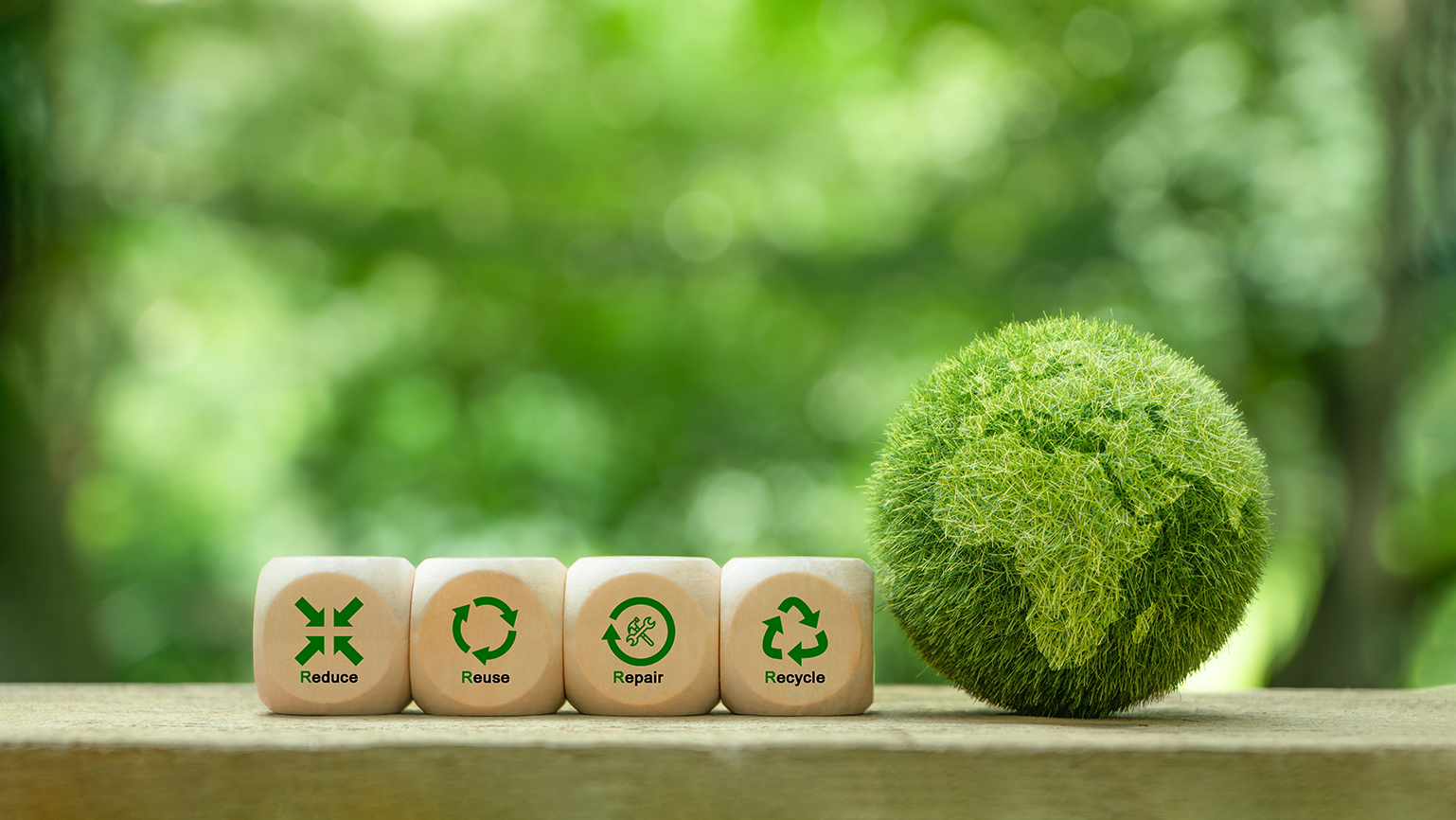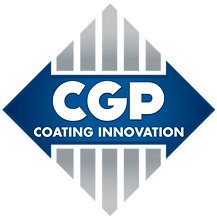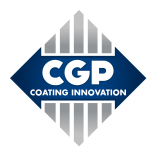
Eco-design
STABULON® – The Sustainable Anti-Slip Interlayer
Why Choose Eco-Designed STABULON® Anti-Slip Interlayer?
At CGP Coating Innovation, sustainability is at the heart of everything we do. Our STABULON® range of anti-slip interlayers is designed to be eco-friendly, providing a greener solution without compromising on performance or cost.
Greener, not more expensive
Sustainability doesn’t mean higher costs. With STABULON®, you receive the same exceptional value without an increased price.
Greener, not inferior
Our products maintain the high performance you expect while being environmentally conscious.
Smart sustainability
Whether or not sustainability is your priority, STABULON® helps you reduce costs, minimize packaging, and decrease waste, offering a smart approach to sustainability.
Visibly Green: The Eco-LOGO Commitment
To showcase our ongoing commitment to the planet, we’ve introduced the Eco-LOGO, which is displayed on all STABULON® products. This logo represents our dedication to improving the environmental performance of our products throughout their life cycle. It is a clear signal to you and your customers that our products are designed with sustainability in mind.
Simplified Waste Management
All products bearing the Eco-LOGO can be disposed of directly into the paper recycling bin, making waste sorting easier for you and your team. Despite their eco-friendly nature, the performance and implementation features of our products remain unchanged.
Our Eco-Design Goals
At CGP Coating Innovation, we are committed to eco-design goals that drive continuous innovation to enhance the environmental performance of our products. We listen to the growing demand from consumers who care about preserving the environment, and we take action to protect our planet—our only home.
Choose STABULON® today because a greener solution is not just the right choice, it’s the smart one.
What is an eco-design approach? It refers to the practice of designing a product from its creation to meet environmental imperatives as efficiently as possible.
The goal is to develop a product with the least possible impact on the environment throughout its entire life cycle. The process typically begins with a Product Lifecycle Analysis (LCA), which assesses the environmental impact from cradle to grave.
This analysis evaluates the overall impact of the product using 14 observation indicators, which are grouped into six main categories. These categories help identify areas for improvement based on the most significant criteria.
The first category is the impact on the air, which includes climate change, acidification, and the destruction of the stratospheric ozone layer. The second category is the impact on water, covering issues such as eutrophication, freshwater eco-toxicity, and photochemical oxidation. The third category is the impact on soils, which includes terrestrial eco-toxicity and land use.
The fourth category focuses on the impact on resources, specifically the depletion of resources. The fifth category looks at human impact, including human toxicity. Finally, the sixth category includes stream indicators, such as non-hazardous waste, hazardous waste, consumption of energy resources, and consumption of water resources.
Newsletter
Retrouvez toutes nos actualités à travers nos newsletters afin d’être informé de nos innovations, nouveautés sur toutes nos solutions, participer à nos événements.
To be found also....
Newsletter
Find all our news through our newsletters to be informed of our innovations, news on all our solutions, participate in our events.
They trust us











